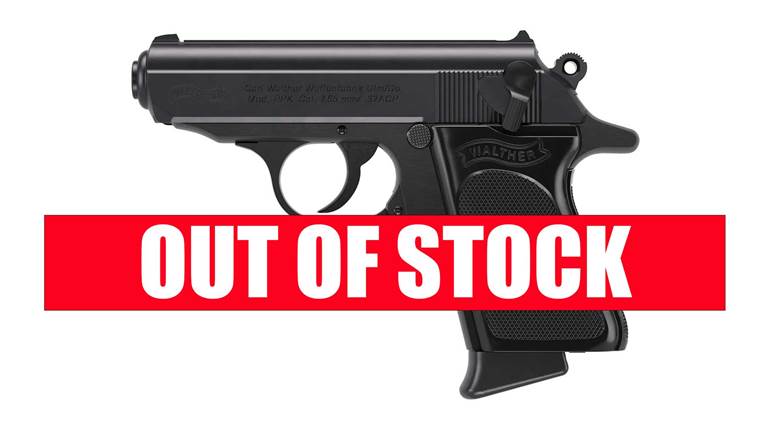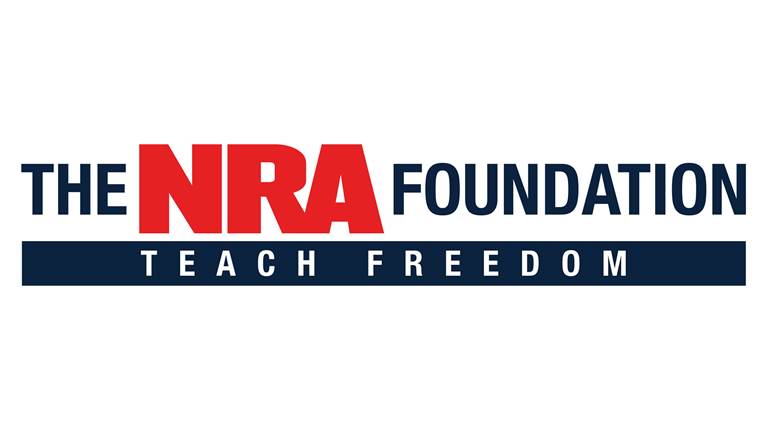
At least one million citizens purchased a firearm in February 2023, the 43rd month in a row it has broken the six-figure mark. The number represents a low estimate, too, reflecting only those transactions that resulted in processing of the buyer’s name through the National Instant Criminal Background Check System (NICS) and subsequent approval as a lawful purchaser.
The figure—roughly 1,343,593 by the National Shooting Sports Foundation (NSSF) calculation—is not an accurate reflection of overall sales, although it’s widely considered a relative barometer of industry health. Carry permits in 24 states are recognized as an alternative NICS-check method, and those who have one are not required to undergo the redundant and system-clogging process to buy a gun. More than 22.01 million people across the United States have a concealed-carry license, according to the Crime Prevention Research Center. The sales number also does not reflect private transfers in many regions of the country.
The last time NICS checks for firearm purchases were below the one million mark was July 2019, when it came in at 858,342. The next month, it left six figures behind and could be approaching a four-year anniversary this July.
COVID-19, social unrest and efforts to defund law enforcement fueled a record-setting pace in gun sales during 2020 and 2021, particularly among first-time buyers concerned about protecting themselves and their loved ones. Purchases have normalized since that two-year height, a fact reflected by the figures calculated off NICS for February 2023. It came in at 0.6 percent below the same month in 2022.
The firearm industry supported, and generated, 375,810 full-time jobs in 2021, according to the latest figures available from NSSF, and it accounted for $70 billion in economic activity that year. Its stability stands in stark contrast to others sectors suffering in this trying economic times.























![Winchester Comm[94]](/media/1mleusmd/winchester-comm-94.jpg?anchor=center&mode=crop&width=770&height=430&rnd=134090756537800000&quality=60)
![Winchester Comm[94]](/media/1mleusmd/winchester-comm-94.jpg?anchor=center&mode=crop&width=150&height=150&rnd=134090756537800000&quality=60)











